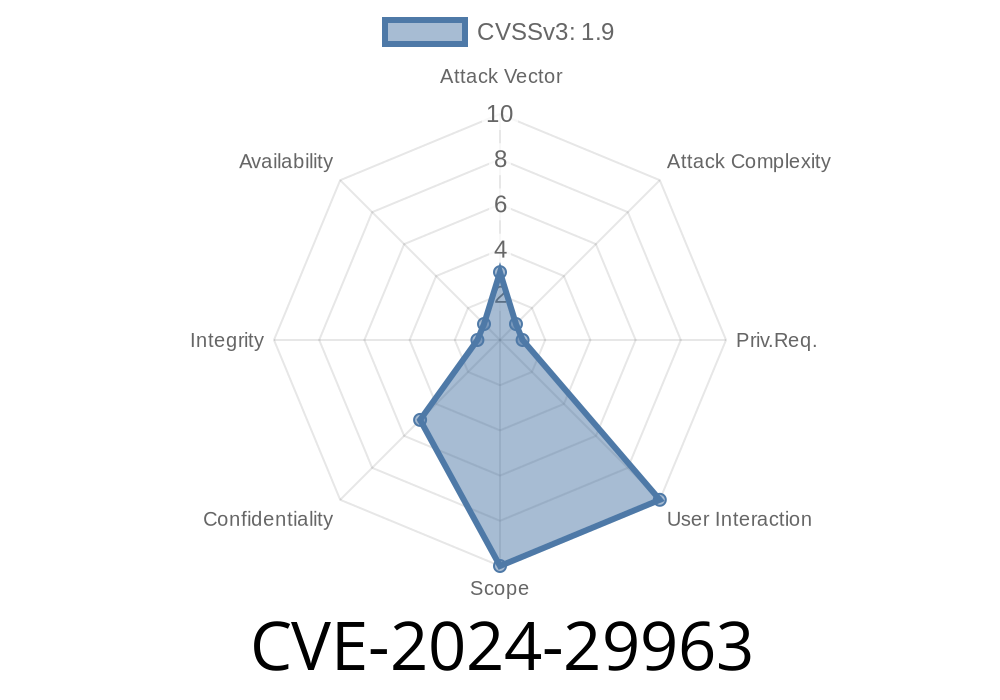The vulnerability identified as CVE-2024-29963 within the Brocade SANnav OVA (virtual appliance) allows an attacker to gain unauthorized access, intercept, or inject traffic. It is present in versions of the software before v2.3.1, specifically in v2.3.a. The issue arises due to hardcoded TLS keys being used by Docker. It is important to note that Brocade SANnav doesn't have access to remote Docker registries. In this post, we will delve into the details of this vulnerability, including code snippets and links to original references.
Exploit Details
The underlying issue with the vulnerability is that hardcoded TLS keys are included within the Docker daemon configuration. This opens up the possibility of unauthorized users or attackers gaining access to sensitive information. The hardcoded TLS keys are found in the "/etc/docker/daemon.json" file of the affected versions of Brocade SANnav OVA.
Below is a code snippet showcasing the presence of hardcoded TLS keys. These keys are required for secure communication between the Docker daemon and clients:
{
"hosts": ["unix:///var/run/docker.sock", "tcp://...:2376"],
"tlscacert": "/etc/docker/ssl/ca.pem",
"tlscert": "/etc/docker/ssl/server-cert.pem",
"tlskey": "/etc/docker/ssl/server-key.pem",
"tlsverify": true
}
Mitigation
If you are using a vulnerable version of Brocade SANnav OVA, it is crucial to update to the latest version (v2.3.1 or later) to mitigate the risk of exploit. In the event that updating is not possible, an alternative solution is to manually replace the hardcoded TLS keys with new, unique ones.
For more information on this vulnerability, refer to the following sources
1. CVE-2024-29963 - National Vulnerability Database (NVD)
2. Security Advisory for Brocade SANnav, March 3, 2024
Conclusion
In conclusion, the CVE-2024-29963 vulnerability in Brocade SANnav OVA poses a serious risk if left unaddressed. Upgrading to the latest version of the software or replacing the hardcoded TLS keys with unique ones should help minimize the potential for exploitation. As with any security concerns, remaining informed and vigilant in addressing potential vulnerabilities is essential to ensure a secure environment.
Timeline
Published on: 04/19/2024 04:15:10 UTC
Last modified on: 06/18/2024 18:11:24 UTC
